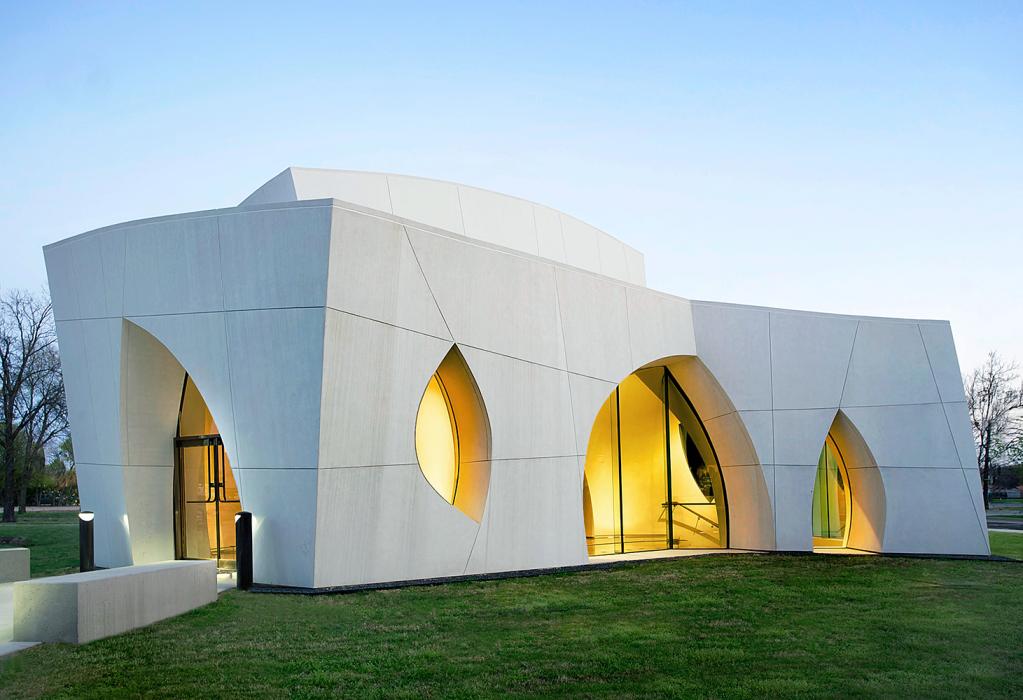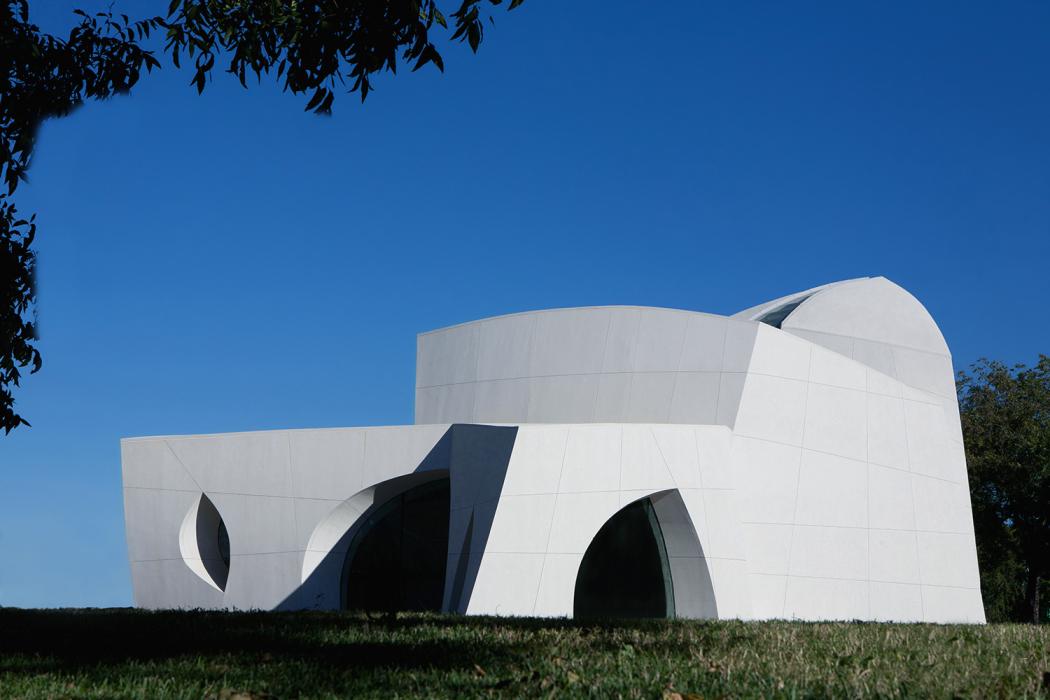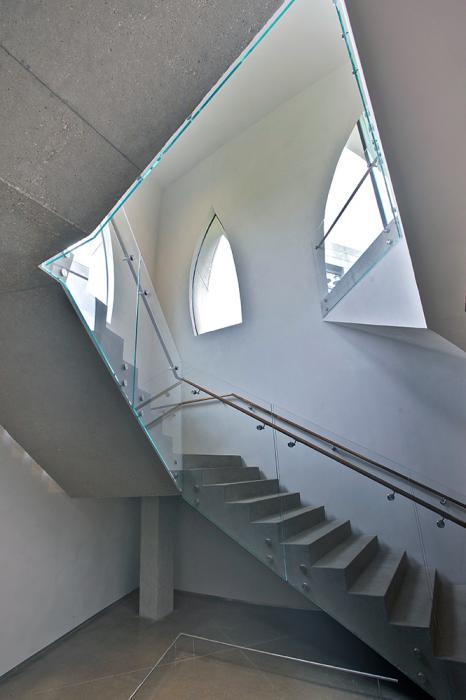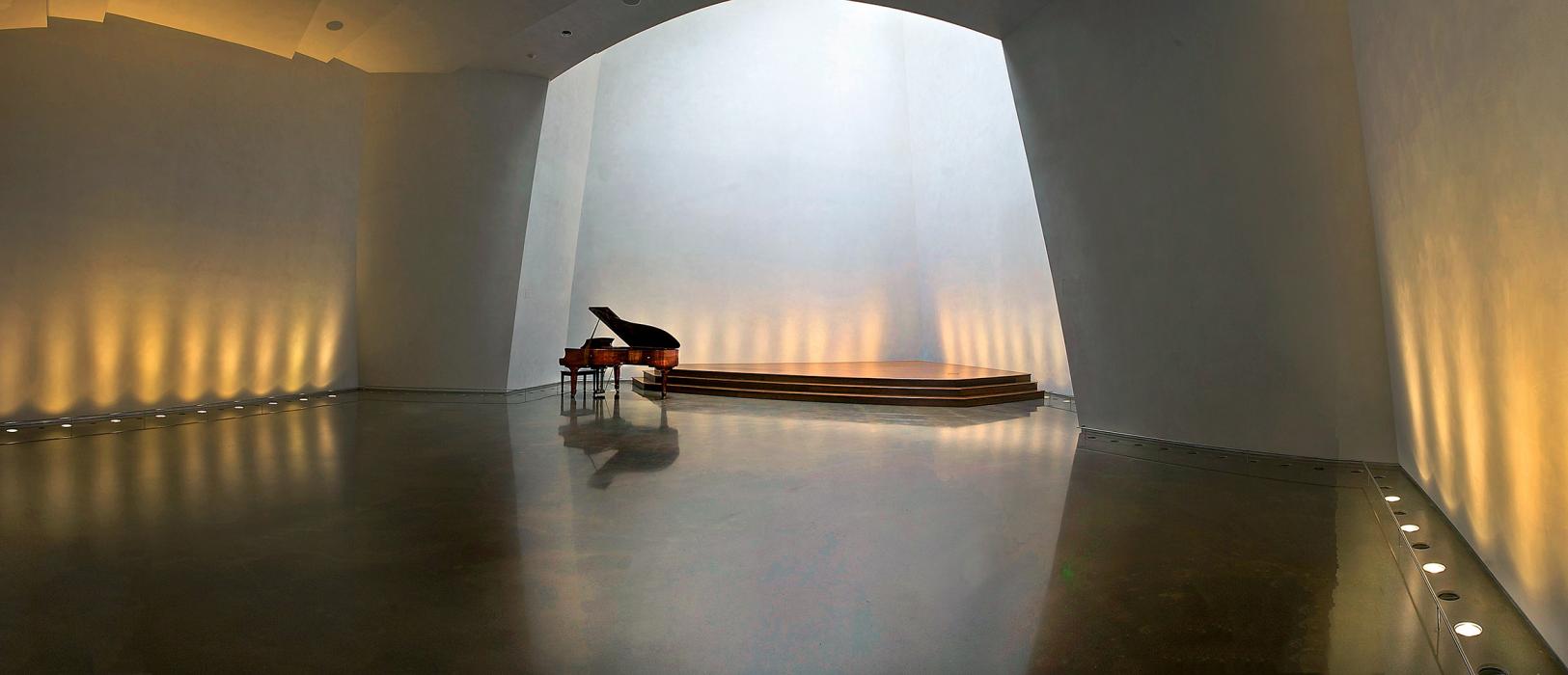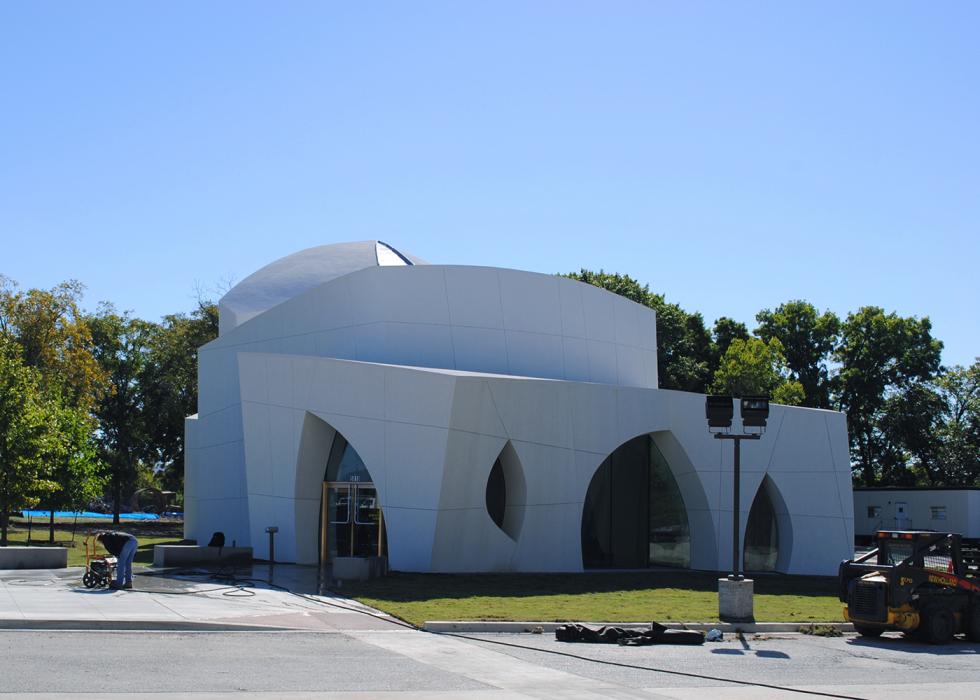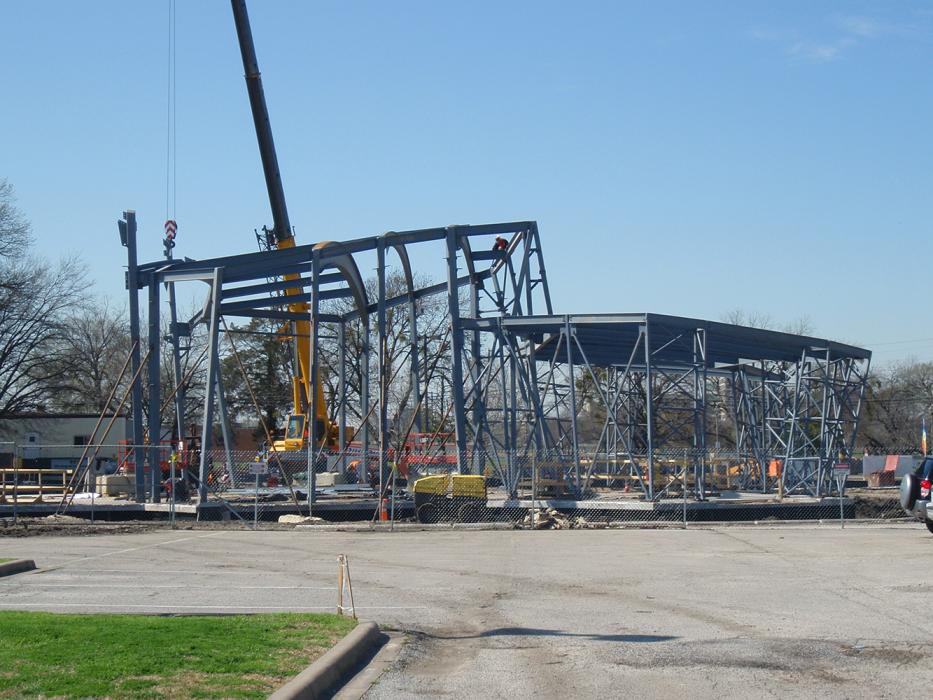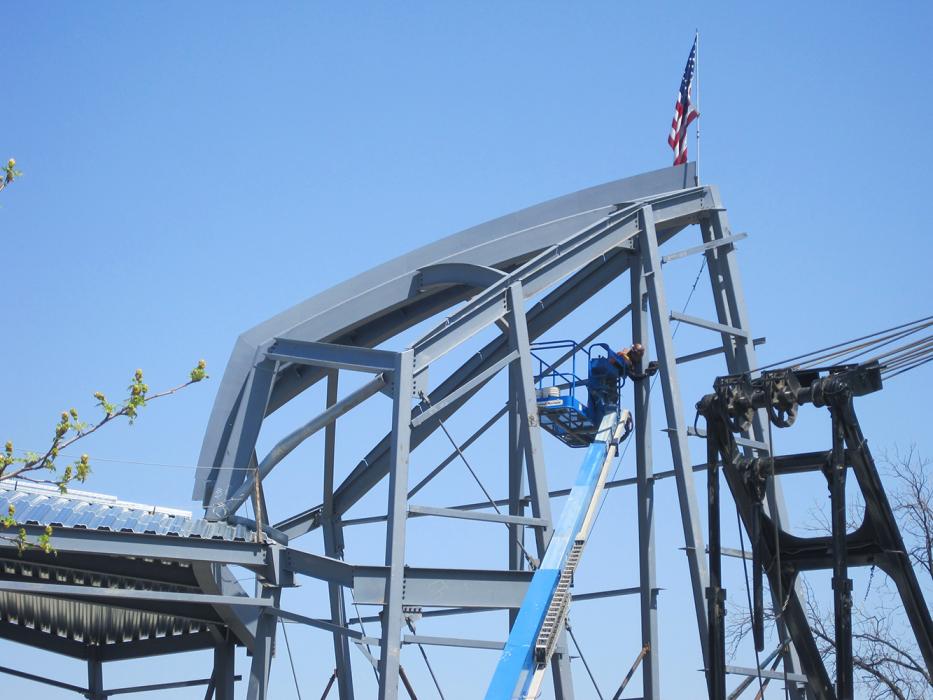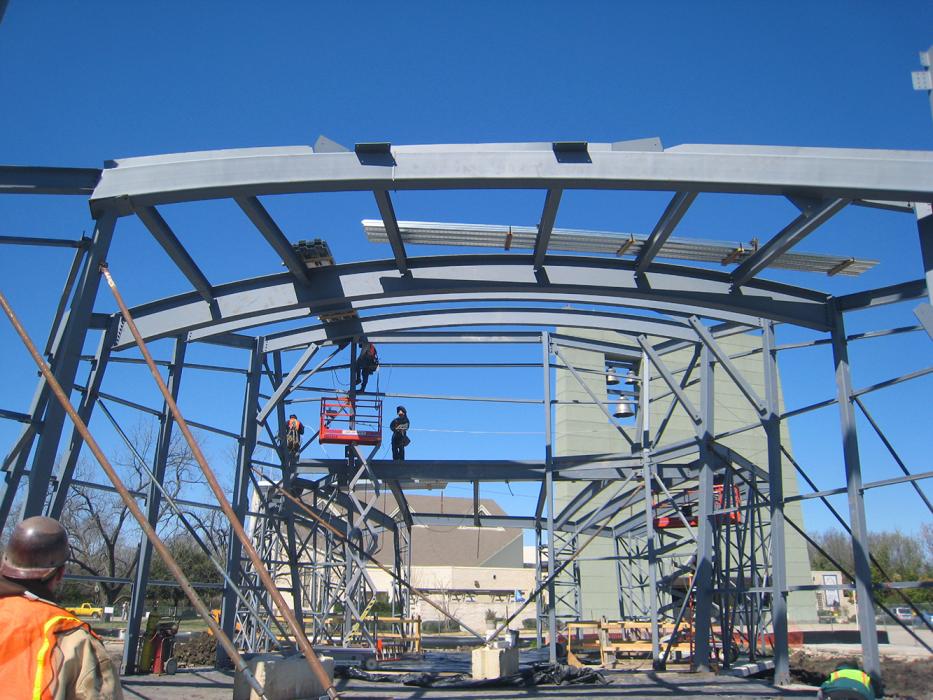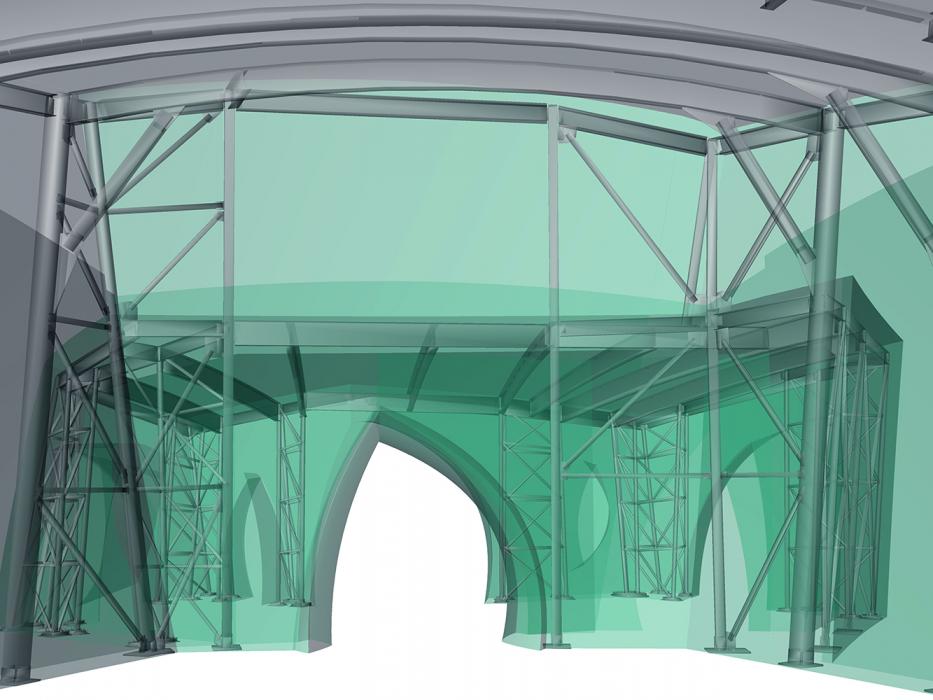
Cathedral of Hope, Interfaith Peace Chapel
The Cathedral of Hope is said to be to be the world's largest liberal Christian LBGTQ church, with more than 4,000 local members.
Lead Contact

Project Details
Fulfilling a Vision for an Inclusive House of Worship
The Cathedral of Hope is said to be to be the world's largest liberal Christian LBGTQ church, with more than 4000 local members. The 8,000-square-foot, 225-seat Interfaith Peace Chapel was originally designed in the 1990s by Philip Johnson to serve as the cornerstone of the Cathedral of Hope’s campus. The building provides space for conferences, seminars, interfaith services, weddings, memorial services and other community functions. It was completed in 2010.
In collaboration with Cunningham Architects, we provided structural design, connection design, and building information modeling services for the one-story steel-frame chapel.
Highlights
- At its highest point, the chapel is 46 feet tall and stretches 106 feet across. The structure’s form is created by two wall membranes, an exterior and interior that are composed of similar, but separate, geometries.
- To create an experience of wonderment for parishioners, Johnson designed each wall surface to warp and curve without the use of parallel lines or 90-degree angles. The unusual forms, in Johnson’s view, would give visitors pause and evoke a transcendent experience.
- A structural BIM was created in Tekla for extensive clash checking between the steel frame and curved asymmetrical internal and external skin membranes.
- The Tekla model enabled bidders to prepare more accurate bids from structural steel subcontractors. It also helped determine accurate material quantities in fewer steps and ensured that the structural frame would remain coordinated with the building envelope during construction.









